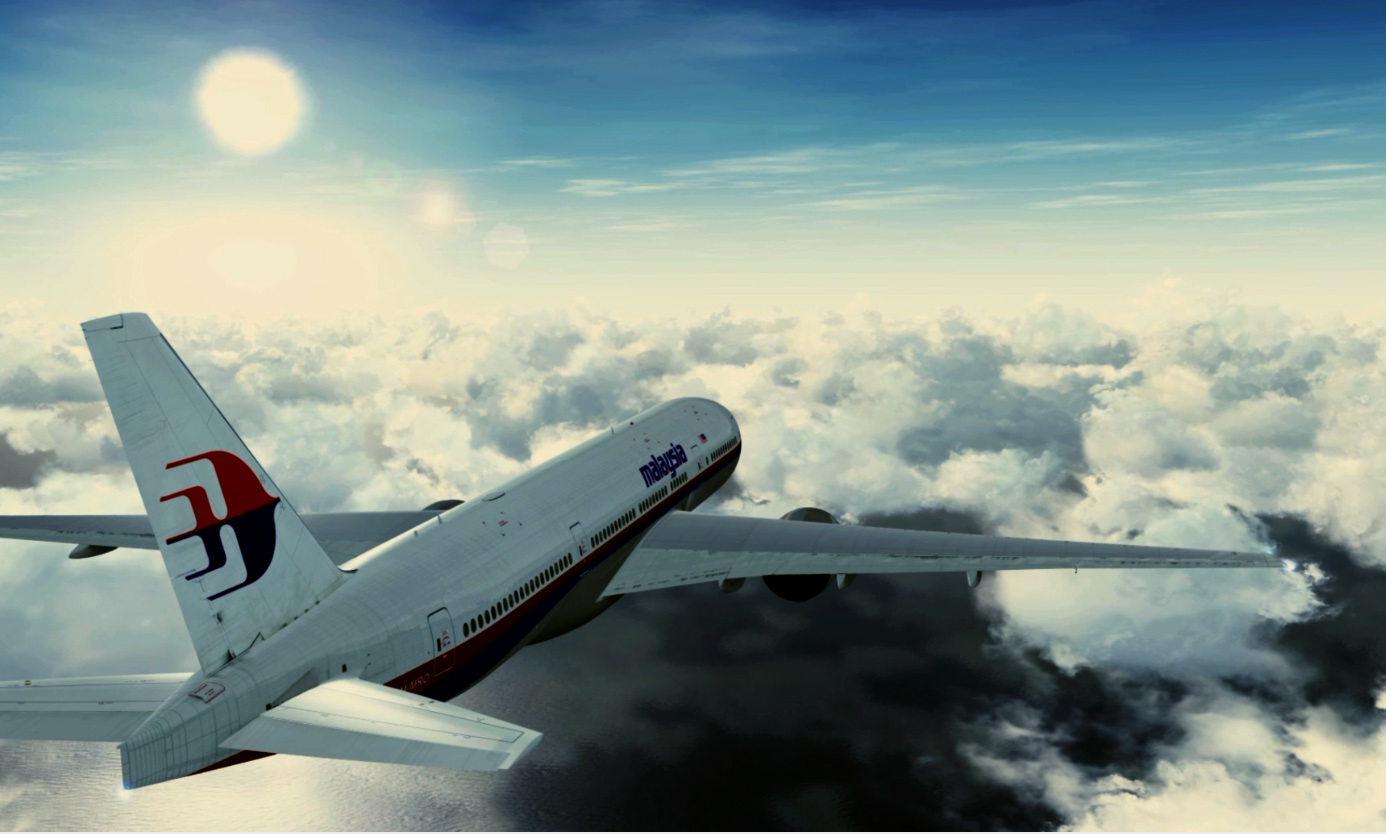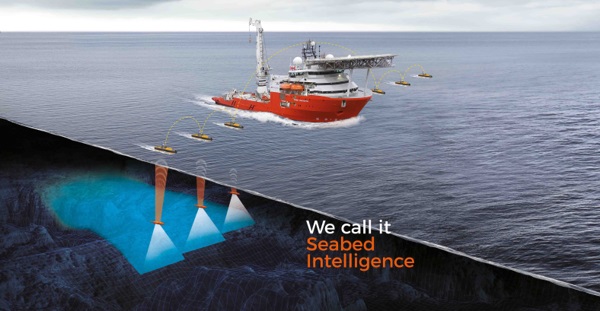New search for MH370 greatly enhanced by breakthrough flight tracking results
16 September, 2021
4 min read
By joining our newsletter, you agree to our Privacy Policy


The possibility of a new search for MH370 has been dramatically enhanced by the latest results from trials of a new breakthrough tracking technology called WSPRnet.
READ: WSPRnet explained
Using a set of tools (see below) aerospace engineer Richard Godfrey says he is "able to detect and track aircraft anywhere in the globe and at any time currently or historically going back as far as 2009."
This system has been undergoing a number of tests that have been set up by an ex Qantas Captain Mike Glynn and adjudicated by AirlineRatings.com which have been very successful.
READ: Qatar Airways Privilege Club offers great deals
There is no doubt that Mr Godfrey's work offers real hope of a significant breakthrough in the search for MH370 with a far more accurate picture of the flight route and last minutes of the flight which was lost on March 8, 2014, with 239 souls aboard.
"While Inmarsat satellite tracking and drift modelling have identified an area about 1900km west of Perth, Western Australia the search area is still large and more accurate data is needed to commit to a search," Mr Godfrey said
"In my view, my work will not provide a “massive" amount of new data, but it will provide a significant breakthrough in the search for MH370.
"This breakthrough will be for the whole flight route beyond radar range into the Indian Ocean not just the last minutes of flight."
A report of this most recent test can be found here.
Currently, Mr. Godfrey is tracking a search and rescue flight organized by the Australian Maritime Safety Authority (AMSA) and conducted by the Royal New Zealand Air Force (RNZAF) in the vicinity of the 7th Arc in the southern Indian Ocean during March 2014.
"AMSA has kindly released to me under a confidentiality agreement all the operational planning data from their search and rescue flights. I am grateful to Duncan Bosworth ATSB for helping with the provision of the AMSA data.
"The RNZAF has kindly released all the flight data for a flight on 28th March 2014 from Pearce Air Force Base near Perth to the search area near the 7th Arc between 32°S and 33°S. I am grateful for the help of Brian Anderson who obtained the RNZAF flight data under a Freedom Of Information request," Mr. Godfrey said.
Once these tests have been successfully completed, Mr. Godfrey will use this system to track MH370 from departure via the point of diversion to beyond the limited range of the civilian and military radar systems and into the Indian Ocean.
This data he says coupled with the Inmarsat satellite data will give a more accurate picture of the flight path followed by MH370.
Mr. Godfrey said that the information will be passed on to US-based Ocean Infinity, which has publically indicated that MH370 is unfinished business. Ocean Infinity searched for MH370 in January 2018.
However, any new search would likely not be till late 2022 early 2023.
 Mr. Godfrey explains the set of tools thus:
"The WSPRnet Propagation Technical Analysis is based on the 2007 International Reference Ionosphere (IRI). The IRI is a permanent joint scientific project of the Committee on Space Research (COSPAR) and the International Union of Radio Science (URSI) started in 1968. It is the international standard empirical model for the terrestrial ionosphere since 1999.
"I use Proplab Pro V3.1 for tracing radio waves around the globe. Proplab Pro was one of the first ionospheric physics-based HF radio signal ray-tracing engines in the world for the PC and has been maintained and developed for over 30 years. It continues to be used by research organisations, scientists, engineers, students, the military and amateur radio operators around the world. It is one of the only software packages to reliably predict ionospherically refracted HF radio signal behaviour. It uses both three-dimensional models of the ionosphere as well as three-dimensional topographical data of the Earth to provide unprecedented detail in modelling HF radio signal propagation worldwide.
GDTAAA is a software application that I have developed that uses a Vincenty WGS84 navigation engine to track aircraft, a spherical navigation engine to track WSPRnet data links and anomalies. In addition, I use the Proplab Pro V3.1 engine with its embedded IRI 2007 ionospheric model to perform global ionospheric mapping and ray tracing."
Mr. Godfrey explains the set of tools thus:
"The WSPRnet Propagation Technical Analysis is based on the 2007 International Reference Ionosphere (IRI). The IRI is a permanent joint scientific project of the Committee on Space Research (COSPAR) and the International Union of Radio Science (URSI) started in 1968. It is the international standard empirical model for the terrestrial ionosphere since 1999.
"I use Proplab Pro V3.1 for tracing radio waves around the globe. Proplab Pro was one of the first ionospheric physics-based HF radio signal ray-tracing engines in the world for the PC and has been maintained and developed for over 30 years. It continues to be used by research organisations, scientists, engineers, students, the military and amateur radio operators around the world. It is one of the only software packages to reliably predict ionospherically refracted HF radio signal behaviour. It uses both three-dimensional models of the ionosphere as well as three-dimensional topographical data of the Earth to provide unprecedented detail in modelling HF radio signal propagation worldwide.
GDTAAA is a software application that I have developed that uses a Vincenty WGS84 navigation engine to track aircraft, a spherical navigation engine to track WSPRnet data links and anomalies. In addition, I use the Proplab Pro V3.1 engine with its embedded IRI 2007 ionospheric model to perform global ionospheric mapping and ray tracing."
 Mr. Godfrey explains the set of tools thus:
"The WSPRnet Propagation Technical Analysis is based on the 2007 International Reference Ionosphere (IRI). The IRI is a permanent joint scientific project of the Committee on Space Research (COSPAR) and the International Union of Radio Science (URSI) started in 1968. It is the international standard empirical model for the terrestrial ionosphere since 1999.
"I use Proplab Pro V3.1 for tracing radio waves around the globe. Proplab Pro was one of the first ionospheric physics-based HF radio signal ray-tracing engines in the world for the PC and has been maintained and developed for over 30 years. It continues to be used by research organisations, scientists, engineers, students, the military and amateur radio operators around the world. It is one of the only software packages to reliably predict ionospherically refracted HF radio signal behaviour. It uses both three-dimensional models of the ionosphere as well as three-dimensional topographical data of the Earth to provide unprecedented detail in modelling HF radio signal propagation worldwide.
GDTAAA is a software application that I have developed that uses a Vincenty WGS84 navigation engine to track aircraft, a spherical navigation engine to track WSPRnet data links and anomalies. In addition, I use the Proplab Pro V3.1 engine with its embedded IRI 2007 ionospheric model to perform global ionospheric mapping and ray tracing."
Mr. Godfrey explains the set of tools thus:
"The WSPRnet Propagation Technical Analysis is based on the 2007 International Reference Ionosphere (IRI). The IRI is a permanent joint scientific project of the Committee on Space Research (COSPAR) and the International Union of Radio Science (URSI) started in 1968. It is the international standard empirical model for the terrestrial ionosphere since 1999.
"I use Proplab Pro V3.1 for tracing radio waves around the globe. Proplab Pro was one of the first ionospheric physics-based HF radio signal ray-tracing engines in the world for the PC and has been maintained and developed for over 30 years. It continues to be used by research organisations, scientists, engineers, students, the military and amateur radio operators around the world. It is one of the only software packages to reliably predict ionospherically refracted HF radio signal behaviour. It uses both three-dimensional models of the ionosphere as well as three-dimensional topographical data of the Earth to provide unprecedented detail in modelling HF radio signal propagation worldwide.
GDTAAA is a software application that I have developed that uses a Vincenty WGS84 navigation engine to track aircraft, a spherical navigation engine to track WSPRnet data links and anomalies. In addition, I use the Proplab Pro V3.1 engine with its embedded IRI 2007 ionospheric model to perform global ionospheric mapping and ray tracing."
Next Article
2 min read
Qantas triples profit but misses mark

Get the latest news and updates straight to your inbox
No spam, no hassle, no fuss, just airline news direct to you.
By joining our newsletter, you agree to our Privacy Policy
Find us on social media
Comments
No comments yet, be the first to write one.

